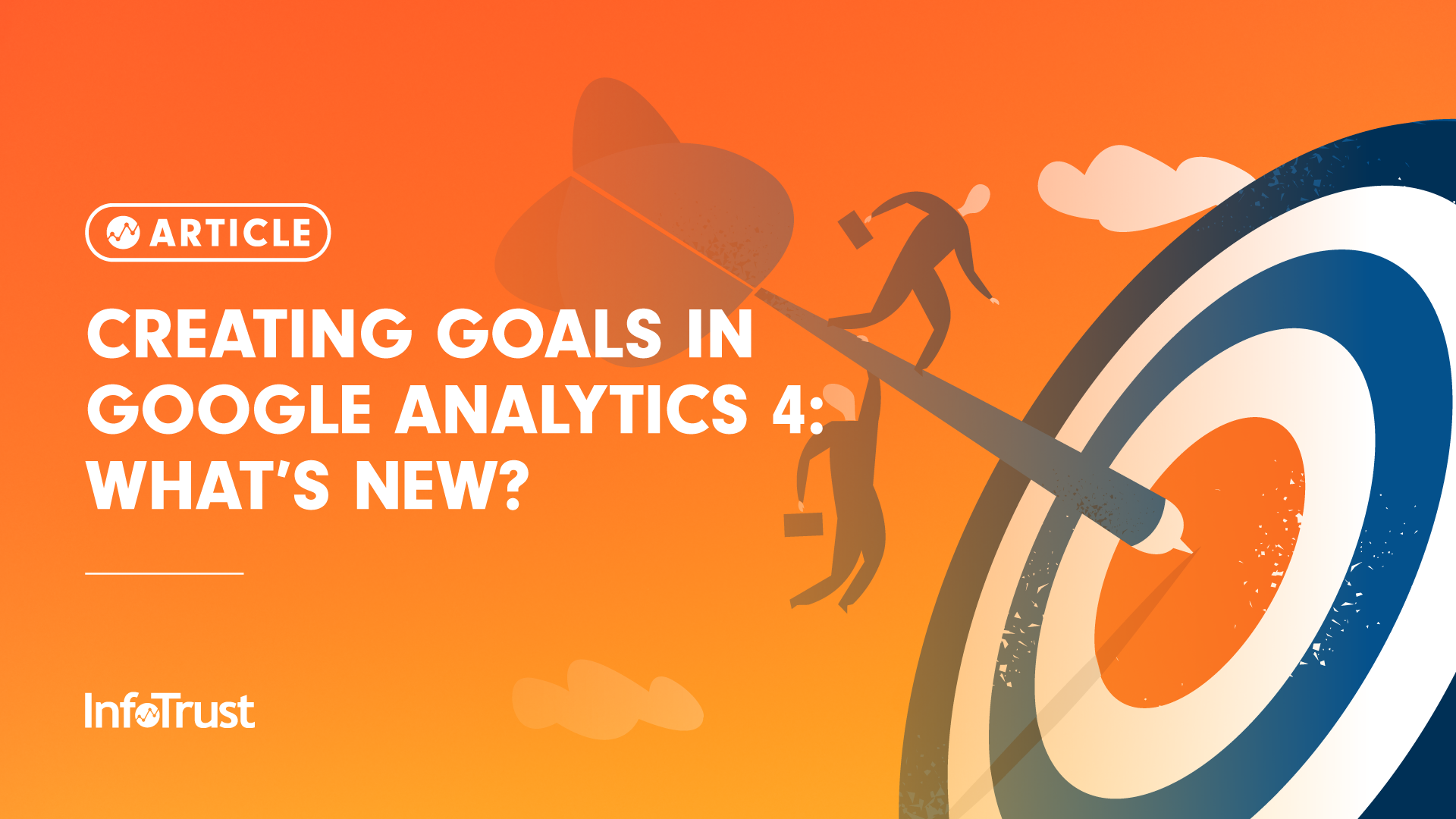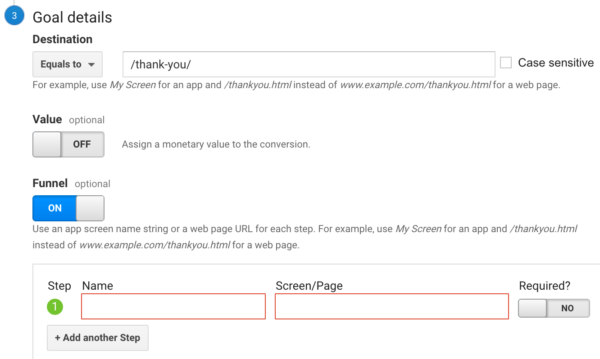Discover the Limitations of Google Analytics Goals: Revealing the Information Types That Remain Untrackable
As businesses significantly count on data-driven decision-making, recognizing the restrictions of tools like Google Analytics ends up being critical. While Google Analytics Goals deal important understandings into individual interactions, there exist information types that avoid tracking, positioning difficulties to a detailed understanding of individual habits. These untrackable data types question about the precision and efficiency of the analytics data that companies heavily rely upon for their electronic approaches. Curious to discover the surprise unseen areas in your data analysis procedure?
Insufficient Customer Trip Tracking
Insufficient customer trip monitoring within Google Analytics can hinder the ability to precisely examine customer actions. When the customer journey is not completely tracked, there are voids in the information that protect against an extensive understanding of exactly how individuals communicate with a web site. This absence of understanding can cause missed out on possibilities for optimization and renovations to the customer experience.
One usual concern with insufficient individual journey tracking is the lack of ability to see the complete path that users take previously completing a goal or leaving the website. Without this information, it is challenging to determine where users might be encountering obstacles or rubbing points that avoid them from converting. In addition, insufficient monitoring can obscure the impact of particular advertising and marketing initiatives or web site adjustments on individual habits.
To address this constraint, it is important to establish proper tracking devices within Google Analytics to catch the whole user trip. This may involve setting up occasion monitoring, goal funnels, or using tools like Google Tag Supervisor to make certain that no crucial interactions go unrecorded. By obtaining a detailed view of the individual journey, internet site proprietors can make more educated decisions to boost user involvement and drive conversions.
Attribution Challenges
Navigating through attribution obstacles in Google Analytics requires a complete understanding of how different touchpoints add to the total conversion procedure. Acknowledgment challenges occur from the complexity of contemporary consumer journeys, where users communicate with numerous networks before converting.
One typical acknowledgment obstacle is the difficulty in associating conversions to the proper source, particularly in instances where users connect with numerous channels before converting. This can result in mistakes in figuring out which advertising initiatives are driving one of the most conversions. Additionally, cross-device tracking postures another acknowledgment challenge, as users commonly change in between tools throughout their trip, making it challenging to track their interactions seamlessly. Marketing professionals should very carefully examine and translate acknowledgment information to make educated decisions and maximize their advertising and marketing methods successfully.
Offline Conversions
Given the challenges linked with connecting conversions accurately in online channels, the dimension of offline conversions provides a significant possibility for online marketers looking for a more comprehensive understanding of their consumers' journey. Offline conversions refer to activities that consumers take in the real world, such as making acquisitions in brick-and-mortar shops or over the phone, attending events, or engaging with published products - what data is google analytics goals More Info unable to track. These conversions are essential for organizations that operate both online and offline, as they supply valuable insights right into the efficiency of advertising and marketing projects across different touchpoints
Tracking offline conversions commonly postured a significant difficulty for marketers, as it was challenging to connect these actions back to particular on the internet communications properly. Nonetheless, with advancements in technology, such as the integration of CRM systems, distinct identifiers, and discount coupon codes, organizations can now bridge the gap between online and offline information to gain a more holistic view of customer actions. By properly gauging offline conversions, marketing experts can maximize their approaches, designate resources much more effectively, and inevitably boost the total client experience.
Cross-Device Tracking
Cross-device monitoring plays a crucial function in understanding the interconnected nature of consumers' digital interactions throughout several tools. In today's omnichannel world, where customers perfectly switch between desktops, smartphones, and tablet computers, tracking their behavior across these gadgets is essential for online marketers to acquire an extensive view of their customer journey.

In addition, privacy worries and regulations such as GDPR and CCPA have better complex cross-device tracking. With individuals demanding more control over their data and enhanced limitations on tracking technologies, online marketers should discover privacy-compliant and innovative ways to connect user interactions across devices.
Dynamic Content Involvement
Recognizing individual interaction with dynamic content is pivotal in optimizing digital marketing strategies for enhanced audience communication. Dynamic content describes web site aspects that transform based upon user habits, article source preferences, or other factors, supplying an individualized experience. Tracking customer interactions with dynamic web content presents difficulties for traditional analytics devices like Google Analytics.
While Google Analytics can track basic communications like clicks and page views, it might have a hard time to capture even more nuanced interactions within vibrant material. what data is google analytics goals unable to track. Metrics such as time invested in details dynamic components, hover activities, or interactions within pop-ups are typically not easily quantifiable using typical tracking approaches. This limitation prevents marketing professionals' ability to completely grasp just how users are involving with dynamic web content and tailor their methods accordingly

Verdict
To conclude, Google Analytics objectives have limitations in tracking incomplete individual journeys, associating conversions precisely, recording offline conversions, tracking cross-device communications, and gauging vibrant web content engagement. These constraints highlight the significance of checking out extra tracking techniques and tools to get a much link more thorough understanding of customer actions and conversions past what Google Analytics can give.
While Google Analytics Goals deal beneficial understandings right into individual communications, there exist information kinds that avoid monitoring, presenting obstacles to a comprehensive understanding of individual behavior.Insufficient customer journey tracking within Google Analytics can hinder the ability to properly assess customer habits. When the user journey is not totally tracked, there are spaces in the data that prevent a comprehensive understanding of how customers interact with a site.One common concern with insufficient user trip monitoring is the inability to see the complete path that users take in the past finishing a goal or leaving the website. By getting a detailed sight of the user trip, web site owners can make even more educated decisions to boost individual engagement and drive conversions.